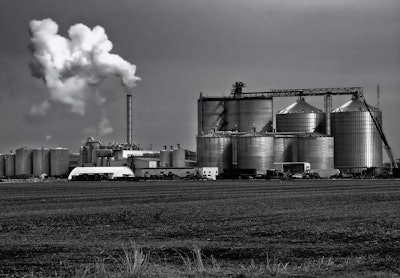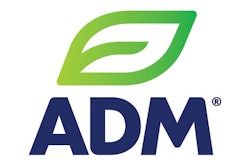
Plans are underway to treat an environmentally hazardous waste pile at the AltEn ethanol plant in Mead, NE, with a protective shell-type cover that’s been used at four EPA Superfund Sites around the country, reports KETV NewsWatch 7.
In recent months, under the watch of the Nebraska Department of Environment and Energy, environmental clean-up crews have been piling up contaminated corn waste on the site of the AltEn plant.
Next week, crews will spray more than 16 acres of the pile with a mixture of clay, cement and fiber called Posi-shell, to create a cover that will hold the contaminated corn remnants in place for up to 10 years. A helicopter will be used to apply the cover to parts of the site that can’t be accessed with a truck-mounted spray system.
In March 2021, it was reported the department learned AltEn was using discarded seed coated with pesticides to make ethanol in 2015, and in 2018 discovered waste from the plant was heavily contaminated with chemicals harmful to pollinators, wildlife and — potentially — the people who lived nearby.
The corn processed by the ethanol maker was treated with pesticides and fungicides and given to AltEn at no cost from seed corn producers. For six years, the company piled the pesticide-laden byproduct on company property.
AltEn continued to solicit, receive and process an estimated 1 billion pounds of treated seed until February 2021, when the department took action that forced the plant to close down and later sued it for noncompliance after contaminated wastewater leaked from the facility and containment lagoons were damaged.
According to KETV, some estimates show the volume of chemical-laden wet cake corn byproduct would fill a football stadium up to 150 feet high.
The AltEn site is not an EPA Superfund Site and is being cleaned up by the seed companies who provided the chemically treated corn

















